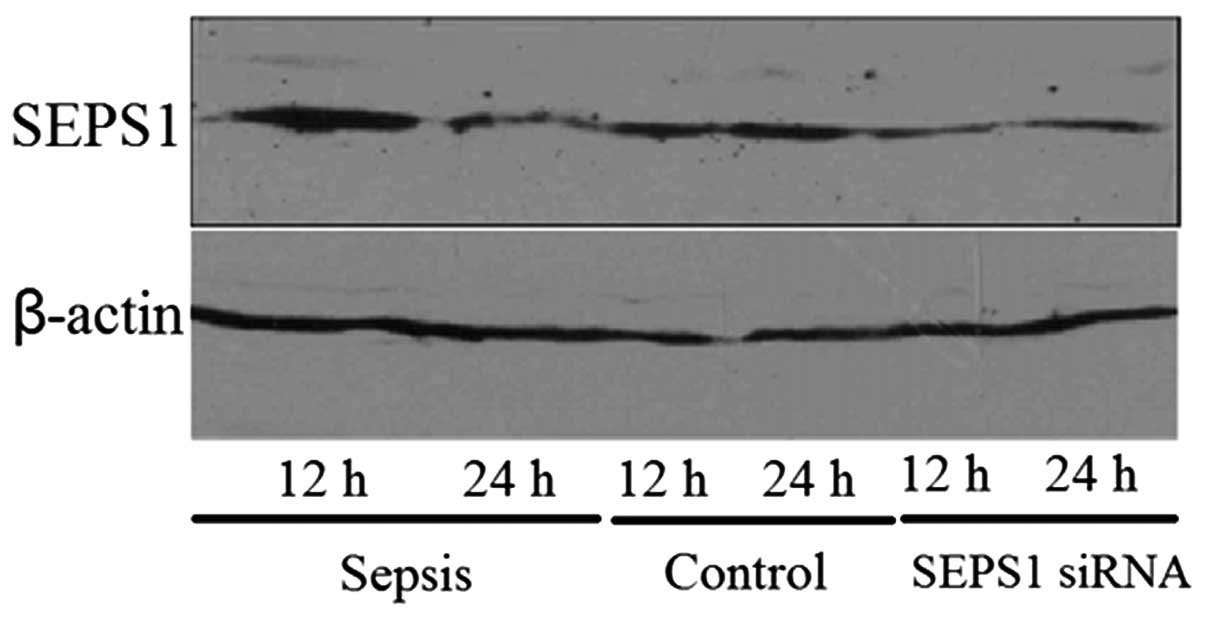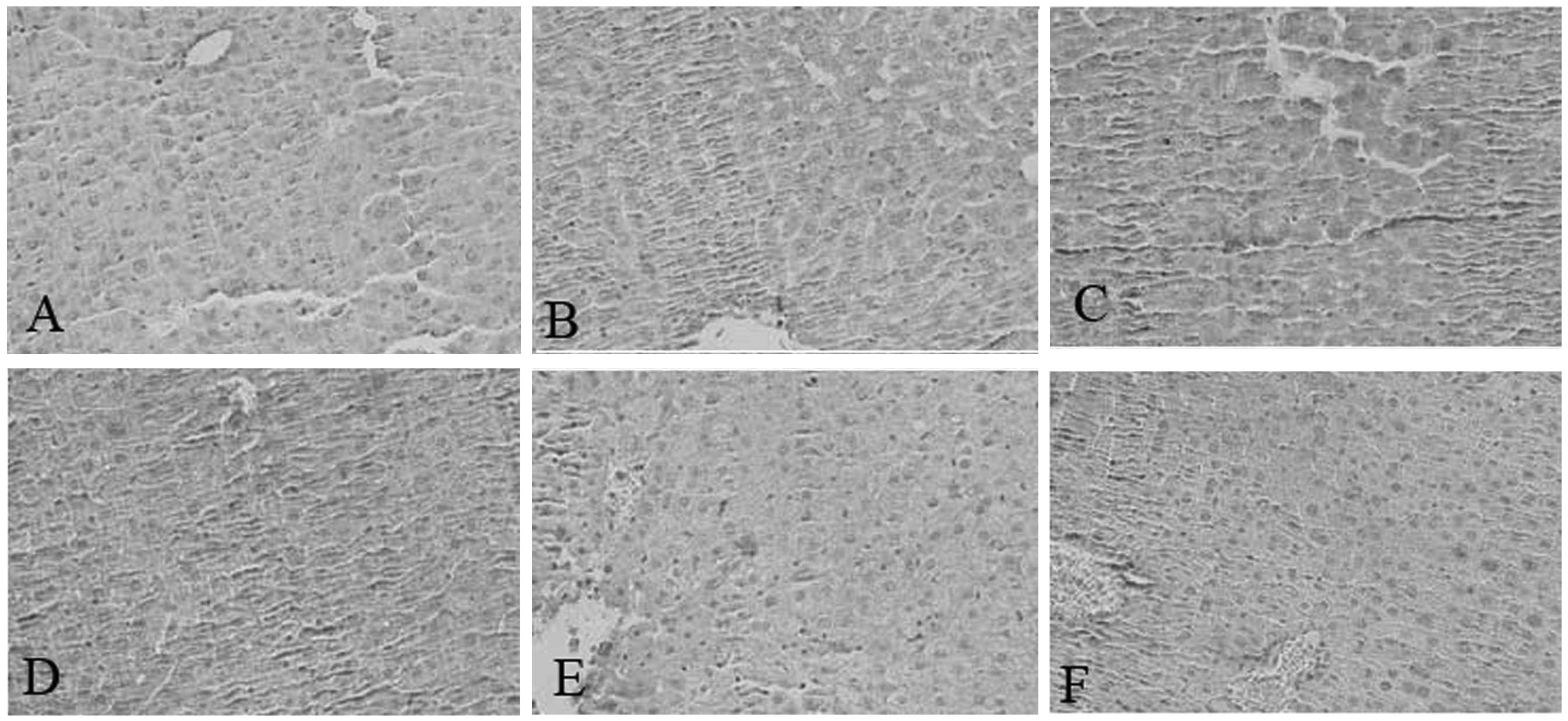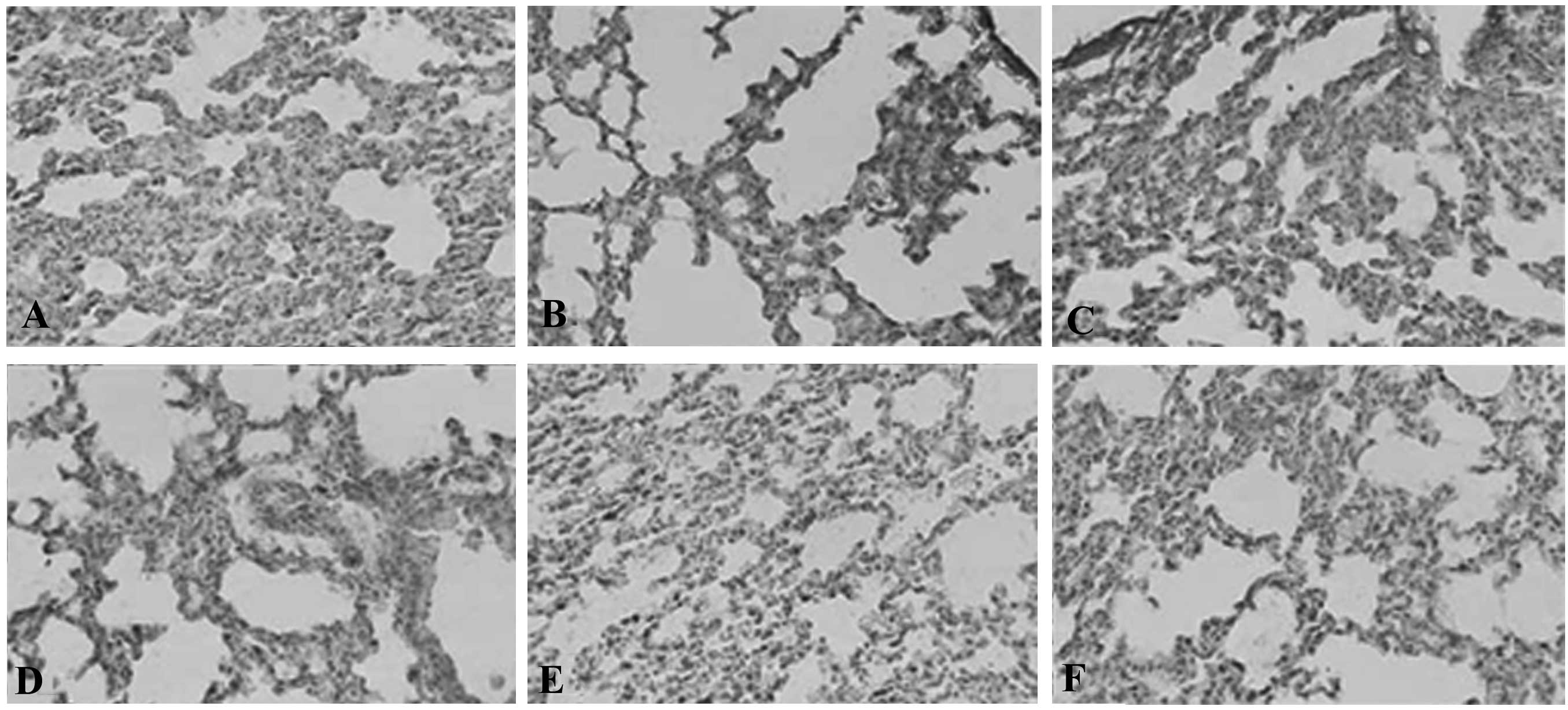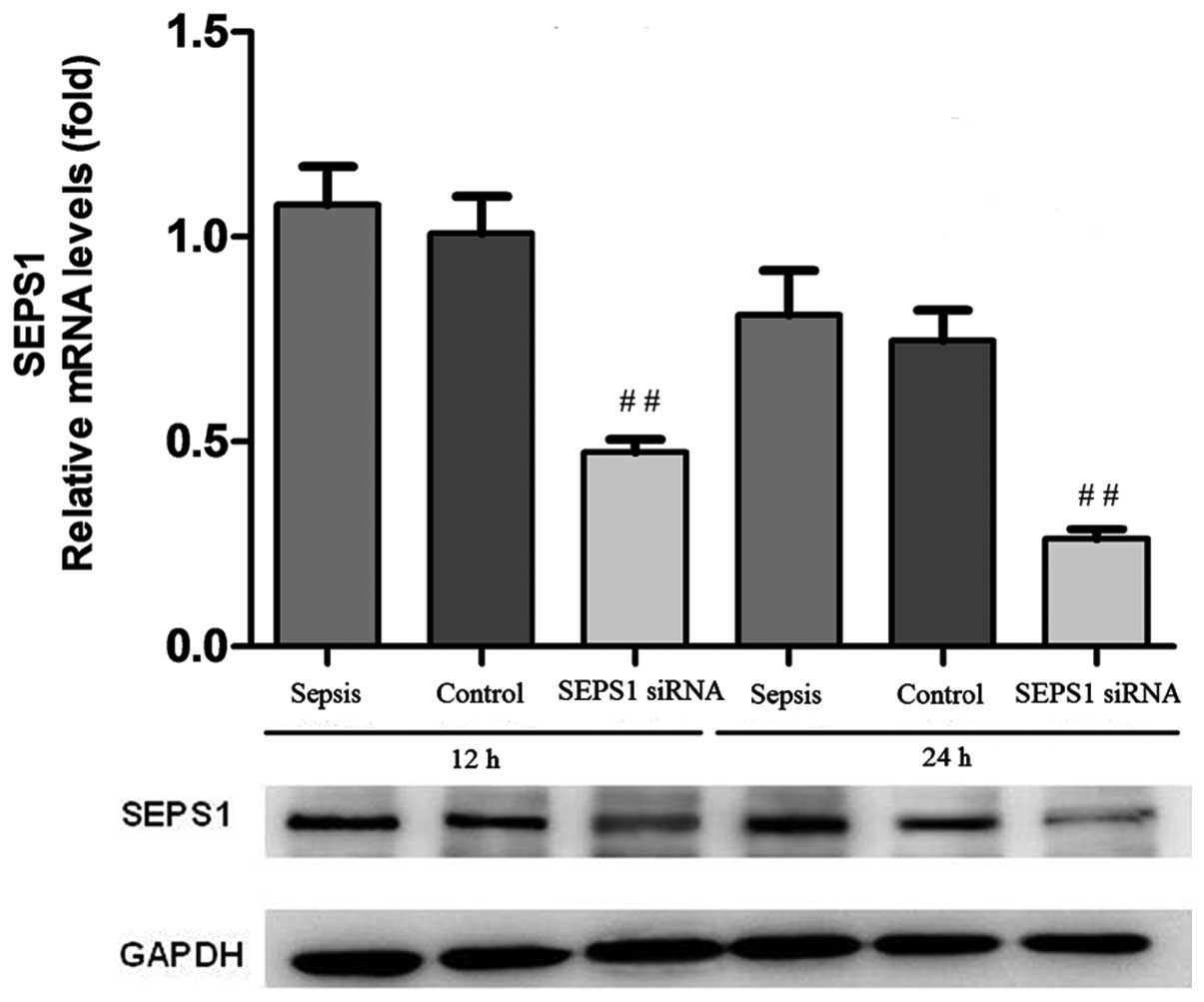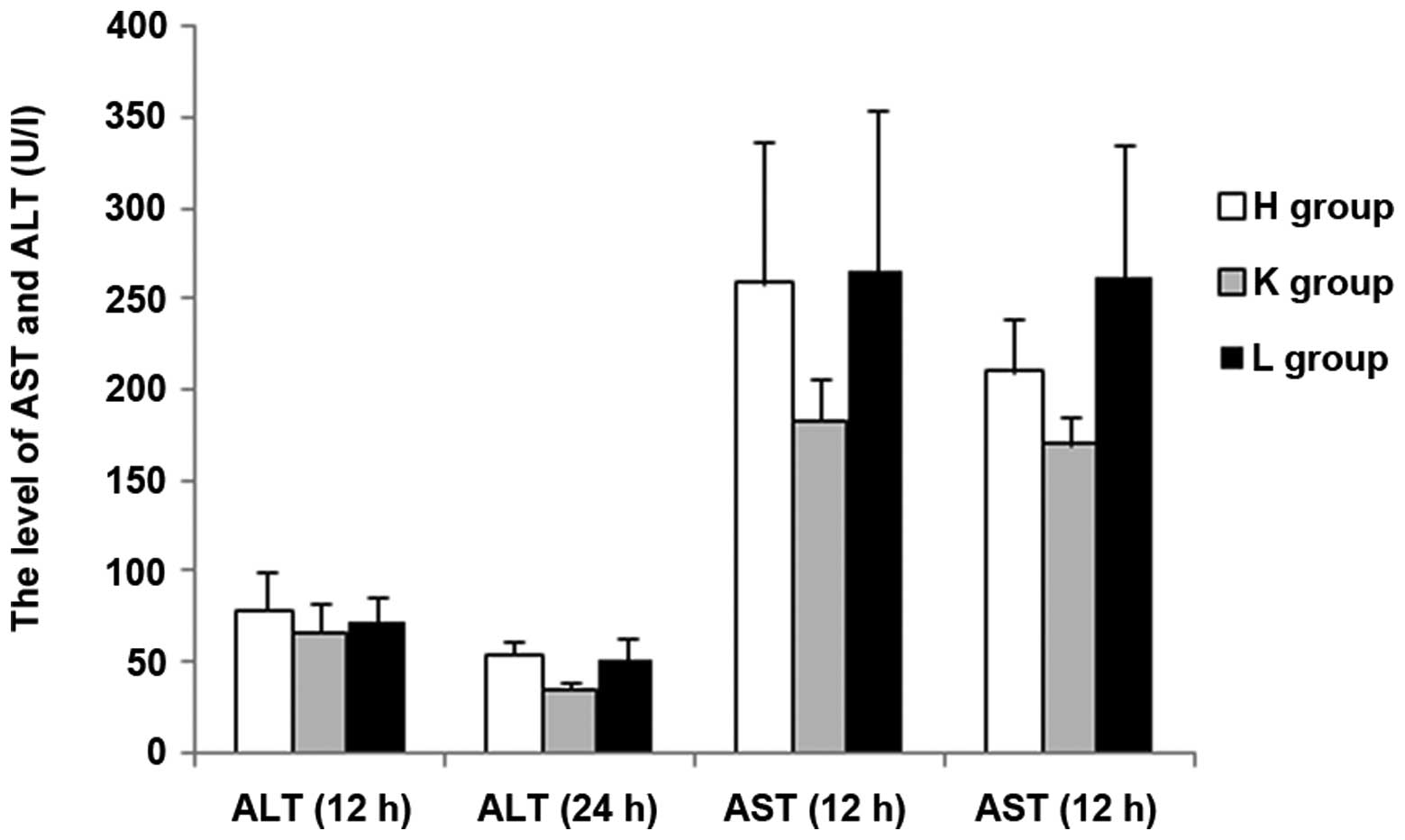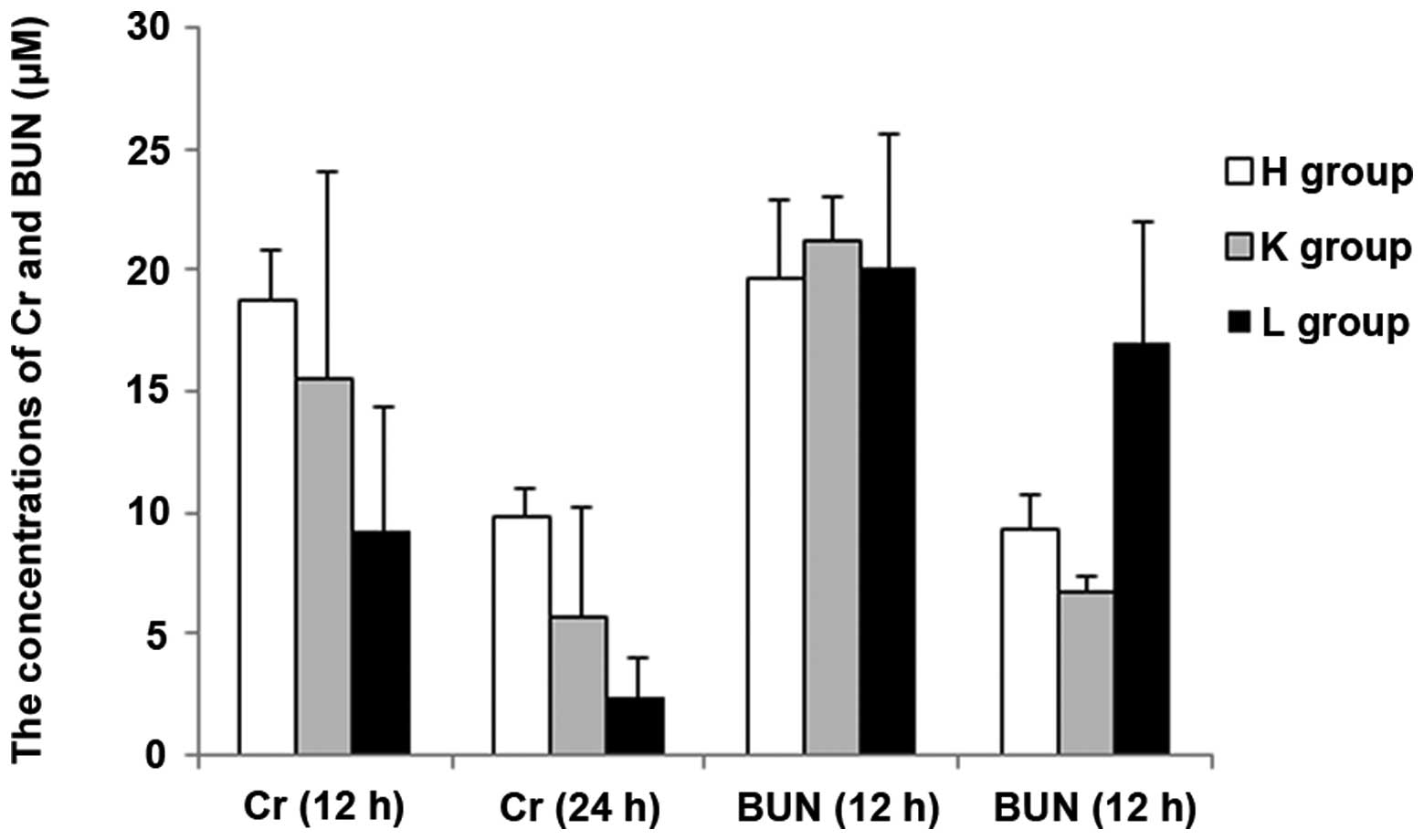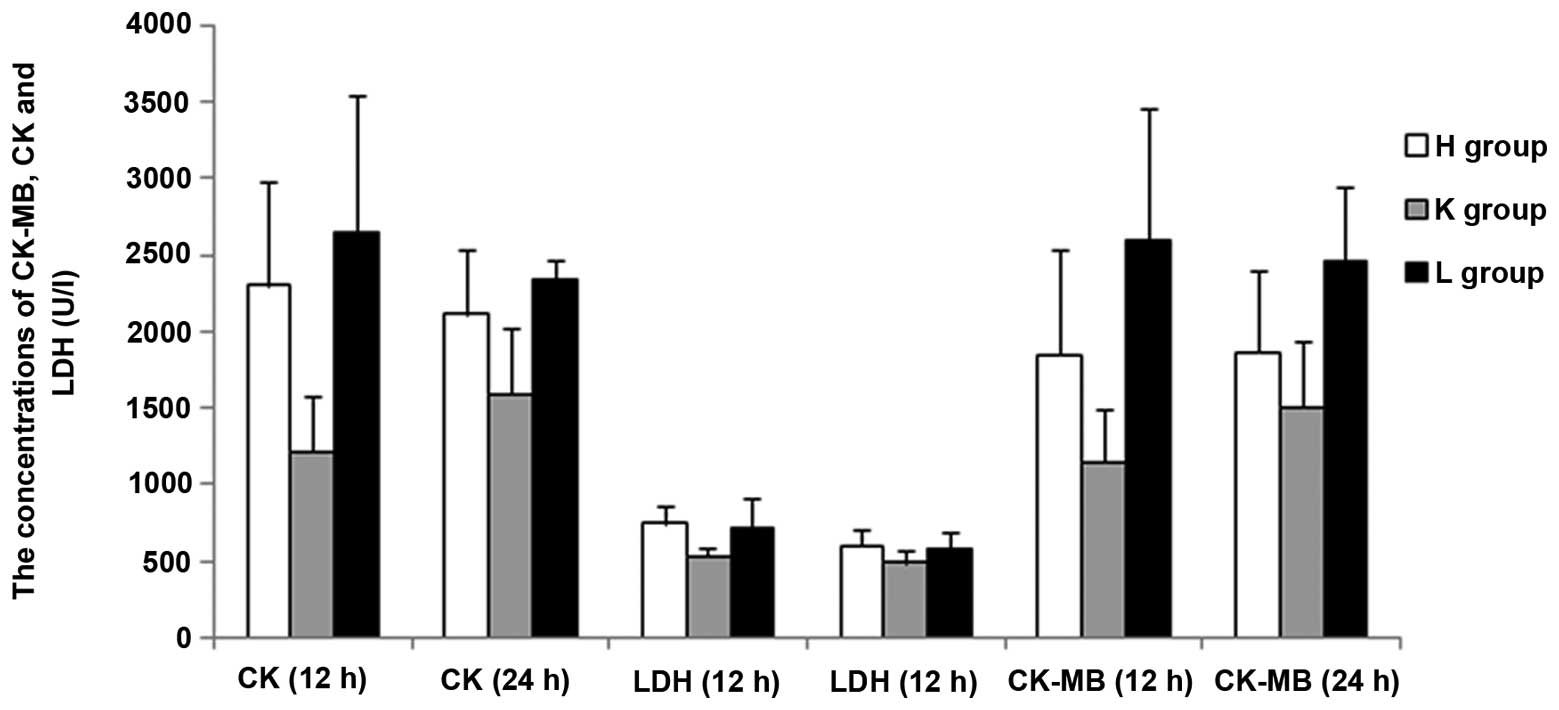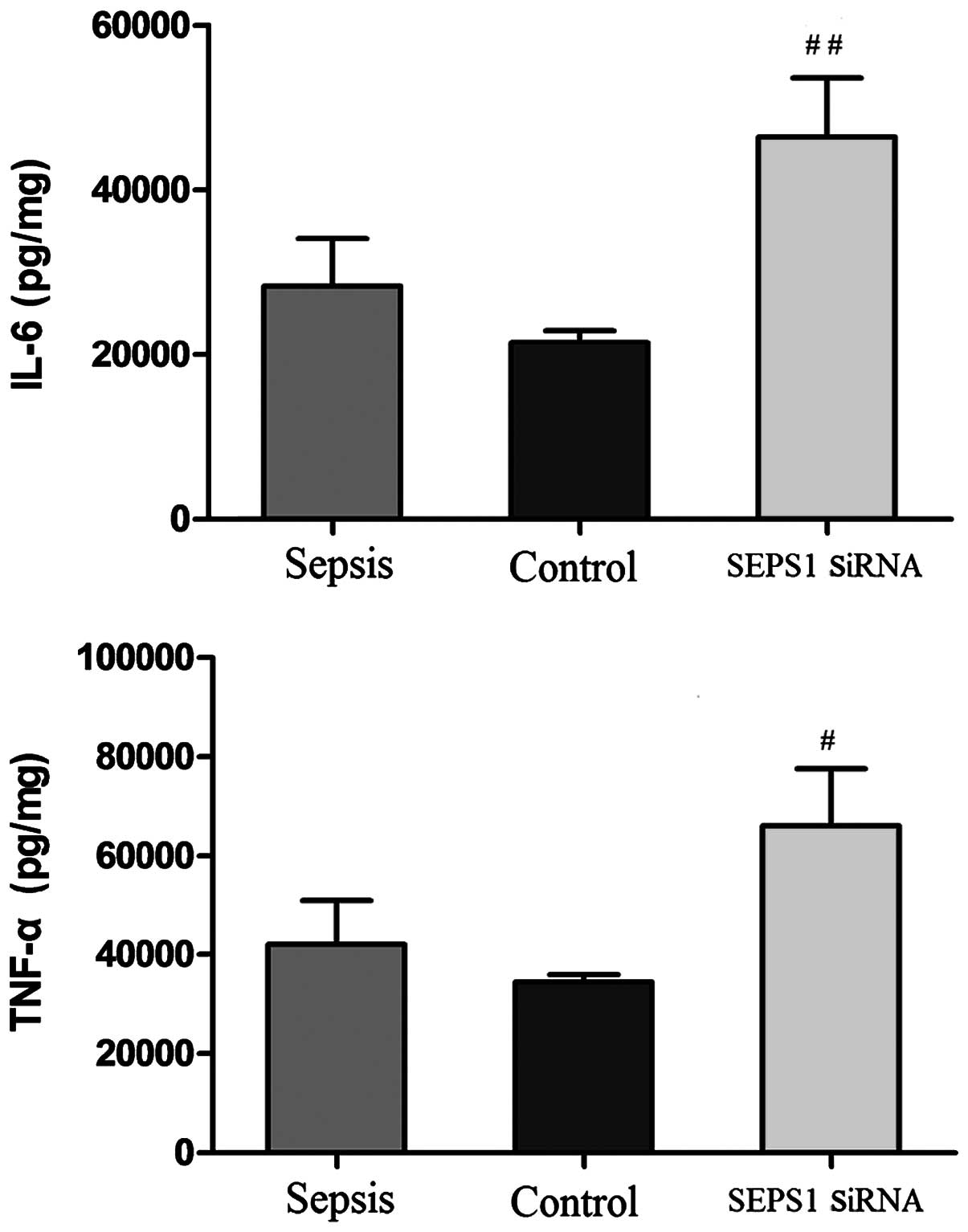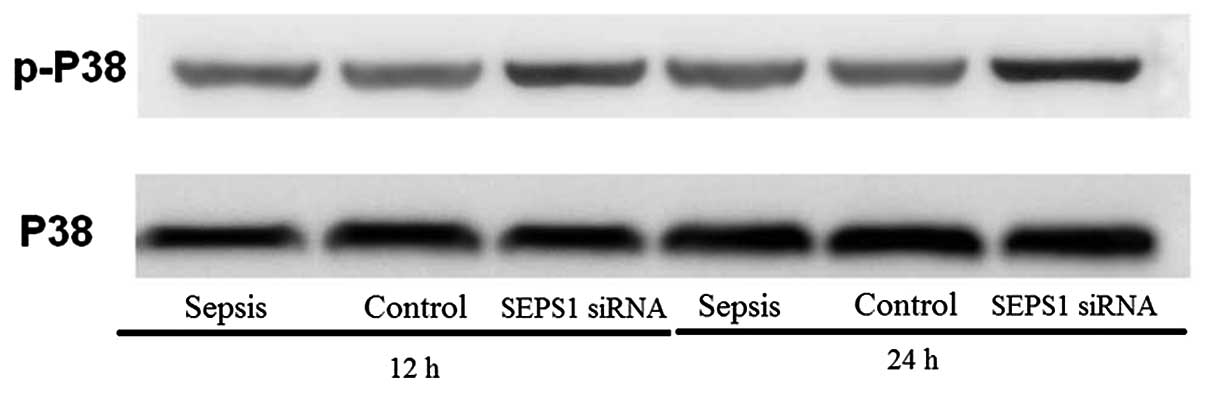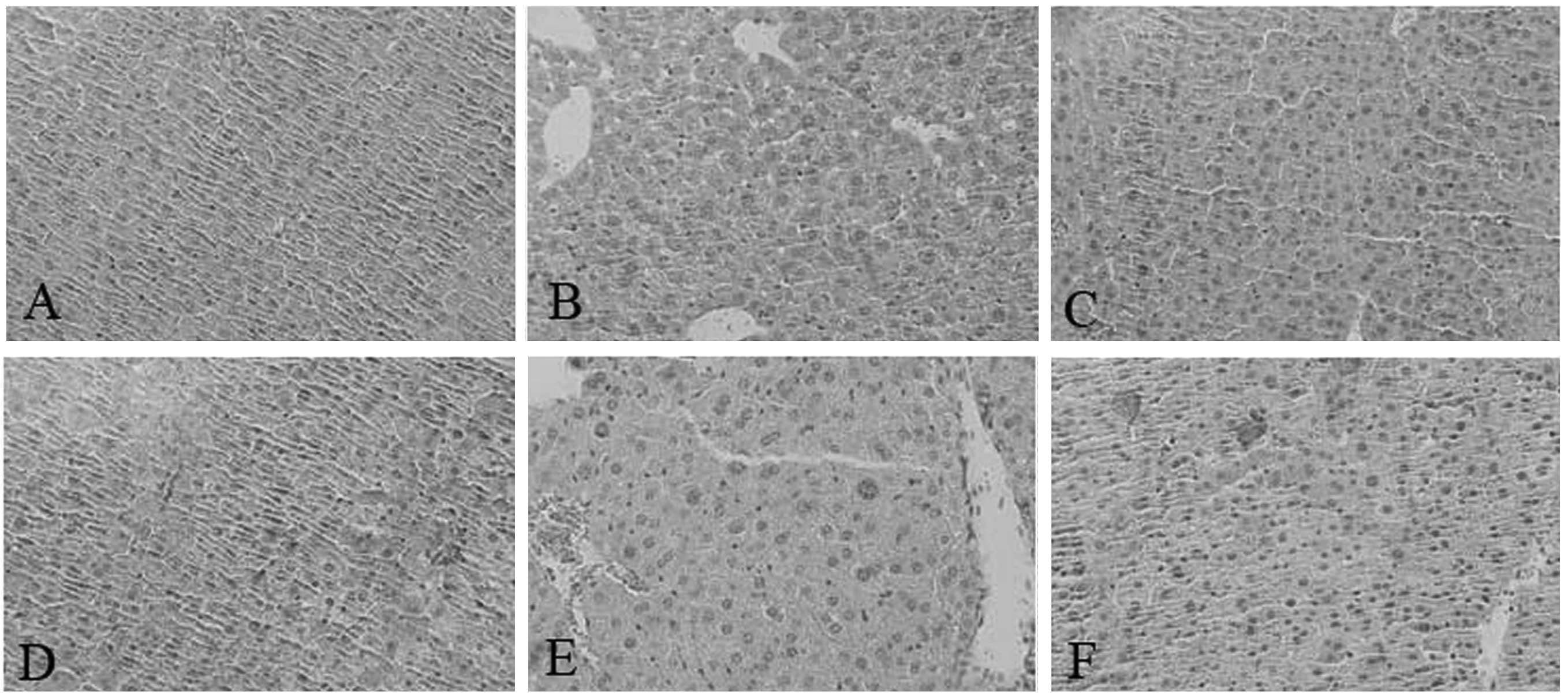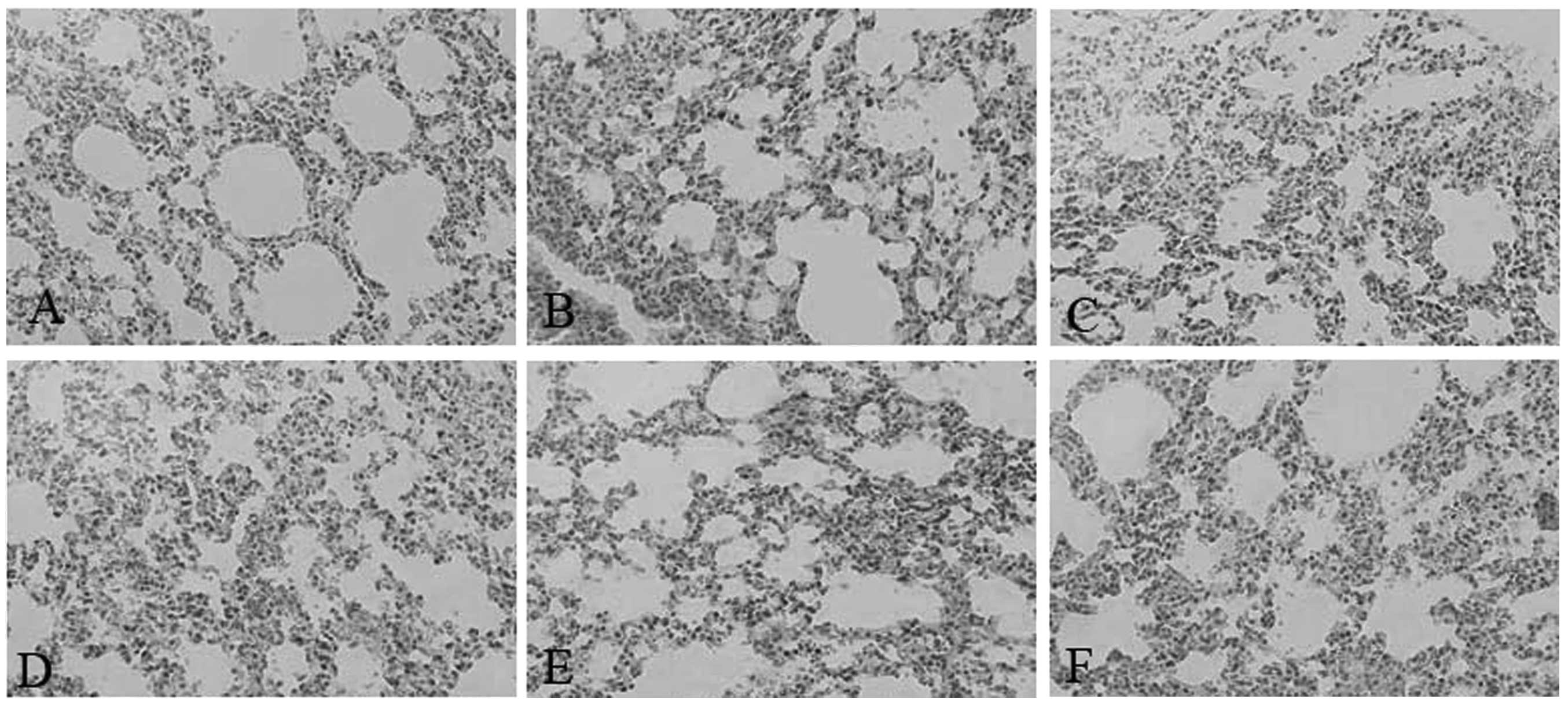|
1
|
Harrison C: Sepsis: calming the cytokine
storm. Nat Rev Drug Discov. 9:360–361. 2010. View Article : Google Scholar : PubMed/NCBI
|
|
2
|
Delsesto D and Opal SM: Future
perspectives on regulating pro-and anti-inflammatory responses in
sepsis. Contrib Microbiol. 17:137–156. 2011. View Article : Google Scholar : PubMed/NCBI
|
|
3
|
Shubin NJ, Monaghan SF and Ayala A:
Anti-inflammatory mechanisms of sepsis. Contrib Microbiol.
17:108–124. 2011. View Article : Google Scholar : PubMed/NCBI
|
|
4
|
Lewis DH, Chan DL, Pinheiro D,
Armitage-Chan E and Garden OA: The immunopathology of sepsis:
pathogen recognition, systemic inflammation, the compensatory
anti-inflammatory response, and regulatory T cells. J Vet Intern
Med. 26:457–482. 2012. View Article : Google Scholar : PubMed/NCBI
|
|
5
|
Lorente JA, Delgado MA and Landin L:
Septic shock and nitric oxide. Enferm Infecc Microbiol Clin.
15:14–19. 1997.(In Spanish).
|
|
6
|
Lvovschi V, Arnaud L, Parizot C, et al:
Cytokine profiles in sepsis have limited relevance for stratifying
patients in the emergency department: a prospective observational
study. PLoS One. 6:e288702011. View Article : Google Scholar : PubMed/NCBI
|
|
7
|
Ando H, Takamura T, Ota T, Nagai Y and
Kobayashi K: Cerivastatin improves survival of mice with
lipopolysaccharide-induced sepsis. J Pharmacol Exp Ther.
294:1043–1046. 2000.PubMed/NCBI
|
|
8
|
Ye Y, Shibata Y, Yun C, Ron D and Rapoport
TA: A membrane protein complex mediates retro-translocation from
the ER lumen into the cytosol. Nature. 429:841–847. 2004.
View Article : Google Scholar : PubMed/NCBI
|
|
9
|
Ye Y, Shibata Y, Kikkert M, van Voorden S,
Wiertz E and Rapoport TA: Recruitment of the p97 ATPase and
ubiquitin ligases to the site of retrotranslocation at the
endoplasmic reticulum membrane. Proc Natl Acad Sci USA.
102:14132–14138. 2005. View Article : Google Scholar : PubMed/NCBI
|
|
10
|
Hart K, Landvik NE, Lind H, Skaug V,
Haugen A and Zienolddiny S: A combination of functional
polymorphisms in the CASP8, MMP1, IL10 and SEPS1 genes affects risk
of non-small cell lung cancer. Lung Cancer. 71:123–129. 2011.
View Article : Google Scholar : PubMed/NCBI
|
|
11
|
Curran JE, Jowett JB, Elliott KS, et al:
Genetic variation in selenoprotein S influences inflammatory
response. Nat Genet. 37:1234–1241. 2005. View Article : Google Scholar : PubMed/NCBI
|
|
12
|
Rayman MP: Selenoproteins and human
health: insights from epidemiological data. Biochim Biophys Acta.
1790:1533–1540. 2009. View Article : Google Scholar : PubMed/NCBI
|
|
13
|
Kryukov GV, Castellano S, Novoselov SV, et
al: Characterization of mammalian selenoproteomes. Science.
300:1439–1443. 2003. View Article : Google Scholar : PubMed/NCBI
|
|
14
|
Blacker D, Bertram L, Saunders AJ, et al:
Results of a high-resolution genome screen of 437 Alzheimer’s
disease families. Hum Mol Genet. 12:23–32. 2003.PubMed/NCBI
|
|
15
|
Field LL, Tobias R and Magnus T: A locus
on chromosome 15q26 (IDDM3) produces susceptibility to
insulin-dependent diabetes mellitus. Nat Genet. 8:189–194. 1994.
View Article : Google Scholar : PubMed/NCBI
|
|
16
|
Zamani M, Pociot F, Raeymaekers P, Nerup J
and Cassiman JJ: Linkage of type I diabetes to 15q26 (IDDM3) in the
Danish population. Hum Genet. 98:491–496. 1996. View Article : Google Scholar : PubMed/NCBI
|
|
17
|
Susi M, Holopainen P, Mustalahti K, Maki M
and Partanen J: Candidate gene region 15q26 and genetic
susceptibility to coeliac disease in Finnish families. Scand J
Gastroenterol. 36:372–374. 2001. View Article : Google Scholar : PubMed/NCBI
|
|
18
|
Fradejas N, Pastor MD, Mora-Lee S, Tranque
P and Calvo S: SEPS1 gene is activated during astrocyte ischemia
and shows prominent antiapoptotic effects. J Mol Neurosci.
35:259–265. 2008. View Article : Google Scholar : PubMed/NCBI
|
|
19
|
Gao Y, Hannan NR, Wanyonyi S, et al:
Activation of the selenoprotein SEPS1 gene expression by
pro-inflammatory cytokines in HepG2 cells. Cytokine. 33:246–251.
2006. View Article : Google Scholar : PubMed/NCBI
|
|
20
|
Paddison PJ, Caudy AA and Hannon GJ:
Stable suppression of gene expression by RNAi in mammalian cells.
Proc Natl Acad Sci USA. 99:1443–1448. 2002. View Article : Google Scholar : PubMed/NCBI
|
|
21
|
Oberholzer A, Oberholzer C and Moldawer
LL: Sepsis syndromes: understanding the role of innate and acquired
immunity. Shock. 16:83–96. 2001. View Article : Google Scholar : PubMed/NCBI
|
|
22
|
Saadeddin SM, Habbab MA and Ferns GA:
Markers of inflammation and coronary artery disease. Med Sci Monit.
8:RA5–RA12. 2002.PubMed/NCBI
|
|
23
|
Bickel C, Rupprecht HJ, Blankenberg S, et
al: Relation of markers of inflammation (C-reactive protein,
fibrinogen, von Willebrand factor, and leukocyte count) and statin
therapy to long-term mortality in patients with angiographically
proven coronary artery disease. Am J Cardiol. 89:901–908. 2002.
View Article : Google Scholar
|
|
24
|
de Maat MP and Kluft C: The association
between inflammation markers, coronary artery disease and smoking.
Vascul Pharmacol. 39:137–139. 2002.PubMed/NCBI
|
|
25
|
Lin YT, Chen YH, Yang YH, et al: Heme
oxygenase-1 suppresses the infiltration of neutrophils in rat liver
during sepsis through inactivation of p38 MAPK. Shock. 34:615–621.
2010. View Article : Google Scholar : PubMed/NCBI
|
|
26
|
Qian F, Deng J, Gantner BN, et al: Map
kinase phosphatase 5 protects against sepsis-induced acute lung
injury. Am J Physiol Lung Cell Mol Physiol. 302:L866–L874. 2012.
View Article : Google Scholar : PubMed/NCBI
|
|
27
|
Ruland J and Mak TW: Transducing signals
from antigen receptors to nuclear factor kappaB. Immunol Rev.
193:93–100. 2003. View Article : Google Scholar : PubMed/NCBI
|















